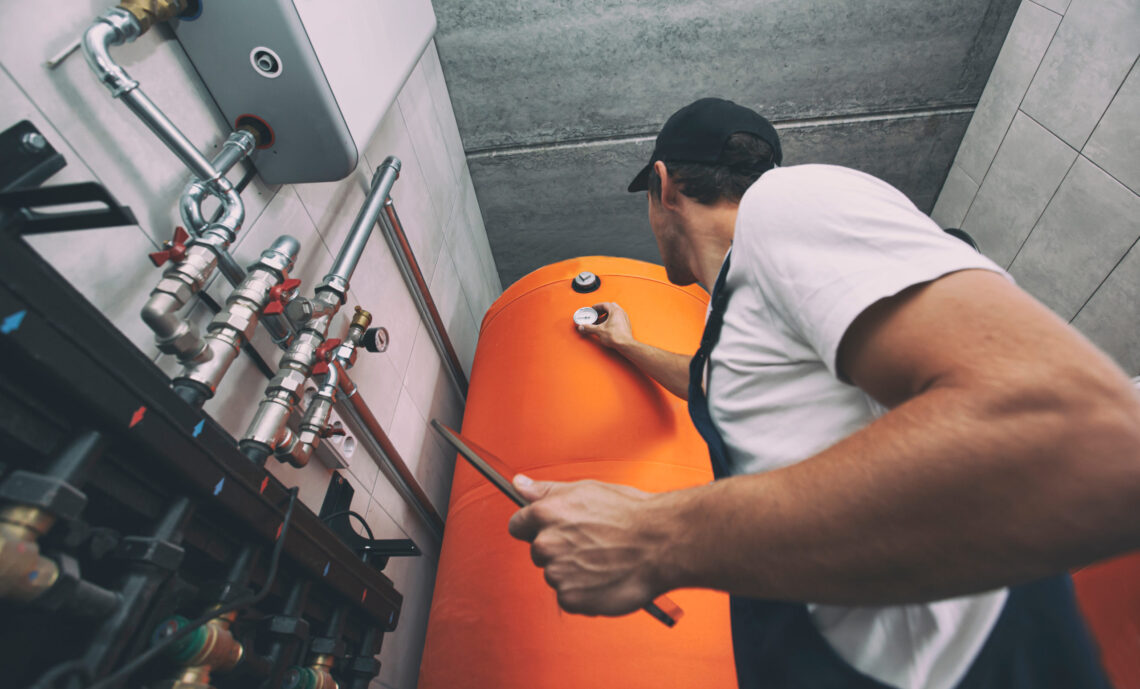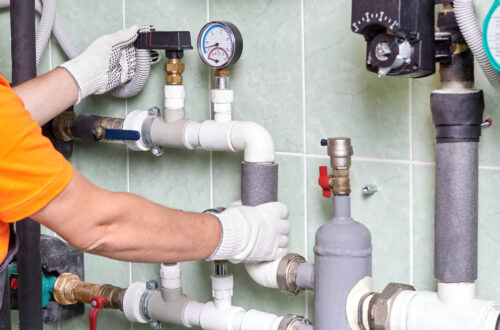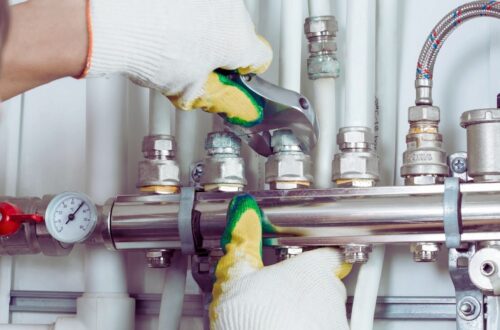Whether you’re purchasing a new home, renovating an old one, or simply trying to maintain the health of your current residence, a plumbing inspection is a crucial step that shouldn’t be overlooked. A professional inspection of your plumbing system can uncover hidden issues, prevent costly repairs, and ensure that your water supply and waste systems are operating efficiently and safely.
But what exactly happens during a plumbing inspection? What should homeowners expect? Let’s explore the process, step-by-step.
Why You Might Need a Plumbing Inspection
Before diving into what’s involved, it’s helpful to understand why a plumbing inspection might be necessary. Common reasons include:
Buying or selling a home
Major renovations or remodeling
Persistent plumbing issues like low water pressure or slow drains
Routine maintenance to avoid emergencies
In each case, the goal is to ensure your plumbing system meets current safety standards and performs optimally.
What Does a Plumbing Inspection Include?
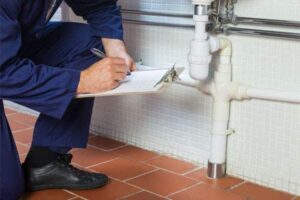 A comprehensive plumbing inspection is more than just checking for leaky pipes. Licensed plumbers follow a detailed checklist that examines multiple aspects of your home’s plumbing system. Here’s what typically happens:
A comprehensive plumbing inspection is more than just checking for leaky pipes. Licensed plumbers follow a detailed checklist that examines multiple aspects of your home’s plumbing system. Here’s what typically happens:
-
Visual Inspection
The first step is a thorough visual inspection. A plumber will check all visible pipes, fixtures, and fittings for signs of corrosion, leaks, or damage. This includes:
Faucets and sinks
Bathtubs and showers
Toilets
Water heaters
Washing machine connections
Exposed piping in basements or crawl spaces
Even minor leaks can point to bigger issues, so plumbers pay close attention to any moisture or staining on walls and ceilings.
-
Water Pressure and Flow Testing
Good water pressure is essential for daily comfort and appliance performance. During the inspection, the plumber will test water pressure at various fixtures and ensure consistent flow. Uneven pressure might indicate blockages, corroded pipes, or issues with the municipal water supply.
-
Drain and Sewer Line Check
To assess the health of your drainage system, the plumber may test how quickly water drains from sinks, tubs, and toilets. They may also use cameras to inspect the sewer line for cracks, blockages, or tree root intrusion—especially if your home is older or if there are signs of recurring clogs or backups.
-
Water Heater Evaluation
The water heater is one of the most used components in your plumbing system. An inspection will cover:
The unit’s age and condition
Signs of corrosion or leaks
Proper ventilation (for gas models)
Temperature and pressure relief valves
Sediment build-up inside the tank
If it’s nearing the end of its life (typically 8–12 years), the plumber might recommend a replacement.
-
Valve and Shut-Off Functionality
Every home should have accessible shut-off valves that work properly in case of emergency. The plumber will inspect:
Main water shut-off valve
Sink and toilet supply valves
Outdoor spigot valves
Properly functioning valves can prevent serious water damage during a leak.
-
Inspection of Supply Lines and Materials
The materials used in your plumbing system matter. Lead or polybutylene pipes, which are found in many older homes, can pose health and safety risks. A plumbing inspection will identify these and suggest upgrades to modern, durable materials like PEX or copper.
Tools Used During an Inspection
Modern plumbing inspections often incorporate advanced tools and technology to diagnose hidden problems. These may include:
Video inspection cameras
Infrared thermometers
Moisture meters
Pressure gauges
Leak detection equipment
These tools help provide a comprehensive view of your plumbing system’s health—even in places that are difficult to access.
After the Inspection: What You’ll Receive
Once the inspection is complete, you’ll receive a detailed report summarizing the findings. This may include:
A checklist of inspected items
Notes on any concerns or code violations
Photos of problem areas
Recommendations for repairs or replacements
Cost estimates for suggested work
This report is especially valuable if you’re buying a home, as it provides leverage for negotiating repairs with the seller.
How Long Does It Take?
A typical residential plumbing inspection takes 1–2 hours, depending on the size of the property and complexity of the system. Larger homes or those with suspected issues may require more time.
How Much Does a Plumbing Inspection Cost?
Prices vary by region and the scope of the inspection, but most homeowners can expect to pay between $100 and $300. If additional services like sewer camera inspections or leak detection are needed, the cost may be higher.
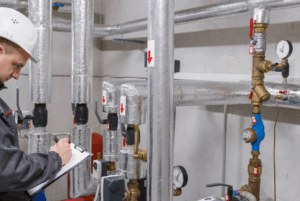
Benefits of Regular Plumbing Inspections
Scheduling regular plumbing inspections—even when there’s no visible problem—can provide several benefits:
Early detection of issues before they become emergencies
Prolonged life of plumbing fixtures and appliances
Improved water efficiency and lower bills
Peace of mind knowing your home is safe and compliant
A professional plumbing inspection is a smart investment for homeowners, whether you’re in the middle of a real estate transaction or just keeping up with routine maintenance. With a licensed plumber’s help, you can identify hidden issues, make informed repair decisions, and protect your home’s most essential systems.
Remember, your plumbing system works silently behind the scenes every day. Giving it a regular check-up ensures it keeps doing its job without unexpected (and often costly) surprises.
